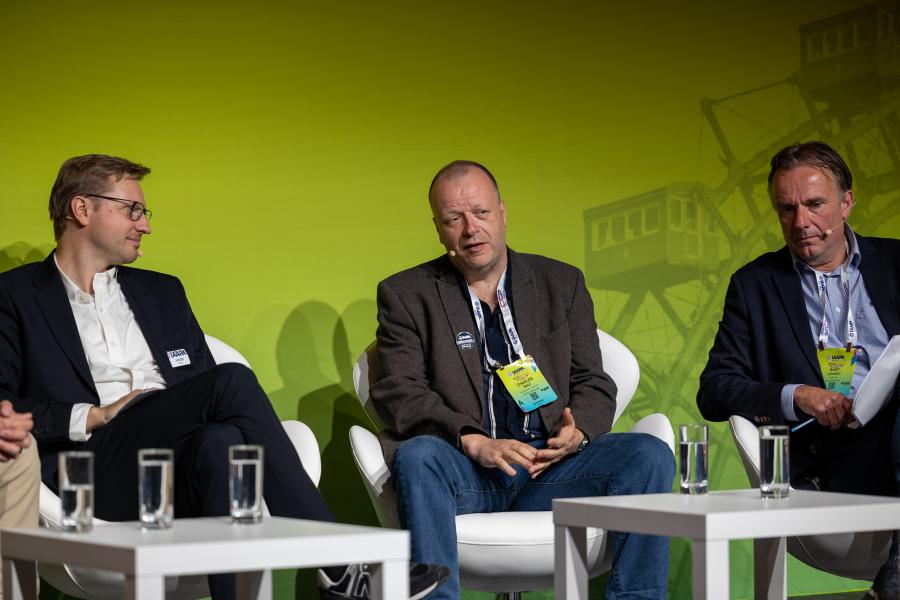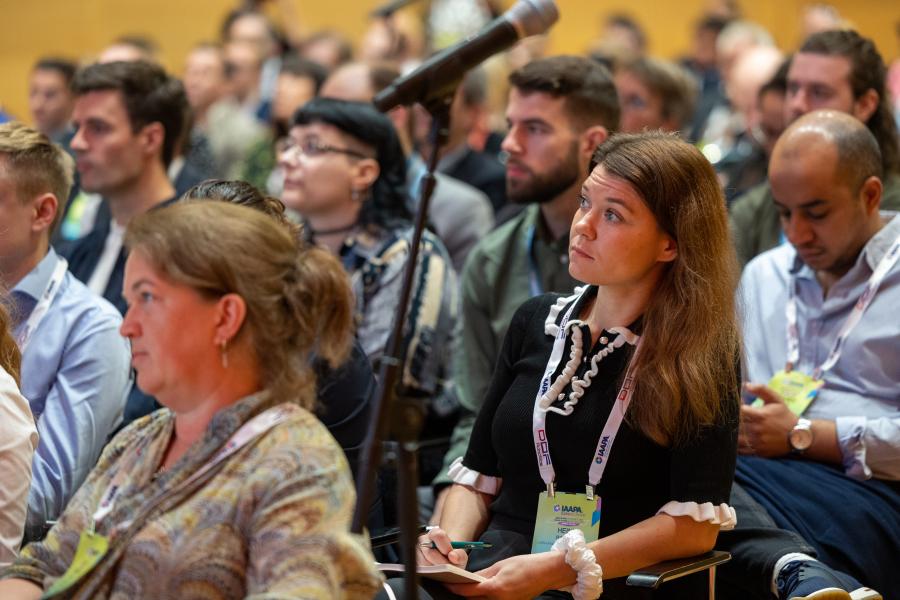After the euphoric post-pandemic effect that saw many European attractions enjoying successful seasons in 2022, operators are navigating a new reality in 2023. “It feels a little like gravity has returned,” Andreas Veilstrup Andersen, group chief executive officer at Liseberg, told Jakob Wahl, IAAPA’s president and chief executive officer at IAAPA Expo Europe. Although operators hoped the growth would continue, many see business returning to 2019 levels. “We have to adapt,” Andersen said.
Probing Pricing
“Has the industry pushed up prices too much?” Wahl asked a panel that included Michael Collins, senior partner at Leisure Development Partners, Bart Dohmen, co-owner of tourism consulting company TDAC BV, and Charles Read, managing director of Blooloop.
“Yes, that’s what we hear, but it depends on the country and the product. Also, in a lot of countries, pricing is reaching a normal level now, where it was always a bit too low,” Dohmen said. He sees clients reporting a significant rise in per-capita spending.
Collins sounded a note of caution. As inflation has crept up, costs have increased, so the real per-capita figures may be less. “It’s a challenging time, and we have to respect the inflationary pressures that the consumer is having,” he said.
“The economy is definitely putting pressure on our guests,” Andersen said. Liseberg’s survey into why 2021 and 2022 customers weren’t returning revealed it as one of the key factors, alongside unfavorable weather.
People still want to enjoy communal experiences, but they are looking for value for money. Amusement parks are also facing an increasing number of competitors, including festivals and cruise lines. “There’s more for people to do,” Read explained.
Liseberg recently held its own festival, creating a nightclub atmosphere with DJs, rides, and dynamic lighting. “We sold out four nights, and it was probably the best four evenings of the season. It’s definitely something we are going to continue doing,” Andersen said.
Leveraging Social Media
Attractions are busy capitalizing on social media. Avonturenpark Hellendoorn has around 450,000 visitors and has achieved 30 million views on TikTok. Collins highlighted the Tank Museum in Bovington, England. Its YouTube channel has almost 560,000 subscribers. “Now they’ve got monetized YouTube viewership. It’s become an income stream,” he said.
Queuing strategy was a hot topic. Although virtual queues, ride reservations, and fast passes are profitable, they can impact the guest experience. Guests have to schedule their days, which can take away their freedoms. Looking at smartphones all day can also break the spell for visitors.
Andersen recalled having four queue lines during one roller coaster development. “We are making it too complicated,” he said. However, a solution must be reached because children born today in Europe will not want to stand in line anywhere. “It’s not going to be part of the culture in the future, so how can we expect them to stand in line when they visit us?”
“Technology should add to, never take away, from the experience,” Wahl added. He shared the example of Danish park Summerland Sealand. Its mobile app allows you to “shoot water cannons at the boat ride, feed the animals, and purchase food and beverage.”
“The mobile is not the enemy. You can engage with it to elevate the experience,” Wahl said.
Innovation in Entertainment
Immersive entertainment continues to take center stage, with operators like Meow Wolf breaking new ground. Companies like Top Golf are using technology smartly. “People are experimenting, and there’s a lot of innovation going on,” Read said. Scaling up is the issue some newcomers struggle with.
Collins offered a glimpse into Saudi Arabia’s tourism ambitions. “It’s moving very fast. Not everything will be built, but it’s a really interesting market.” India is another market to watch.
Sustainability Sparks Success
Sustainability will change our industry completely, Read and Andersen believe. “Our visitors are demanding that the parks and attractions they go to, and the companies they do business with, are sustainable,” Read said. PortAventura World is a prime example. Banks and investors are also demanding impeccable sustainability credentials. “It makes good business sense to start measuring your carbon footprint because otherwise you won’t be doing business,” Read said.
Social sustainability matters, too. Miniatur Wunderland in Hamburg started an initiative to grant free entry to guests who couldn’t afford it. “It’s doing the right thing, and it paid off from an image and marketing point of view,” according to Wahl.
IAAPA is currently developing a white paper on making existing rides accessible. “There are a lot of people with additional needs. If you can satisfy that market, the entire family comes,” Collins said. Investing in this audience makes moral and business sense.



